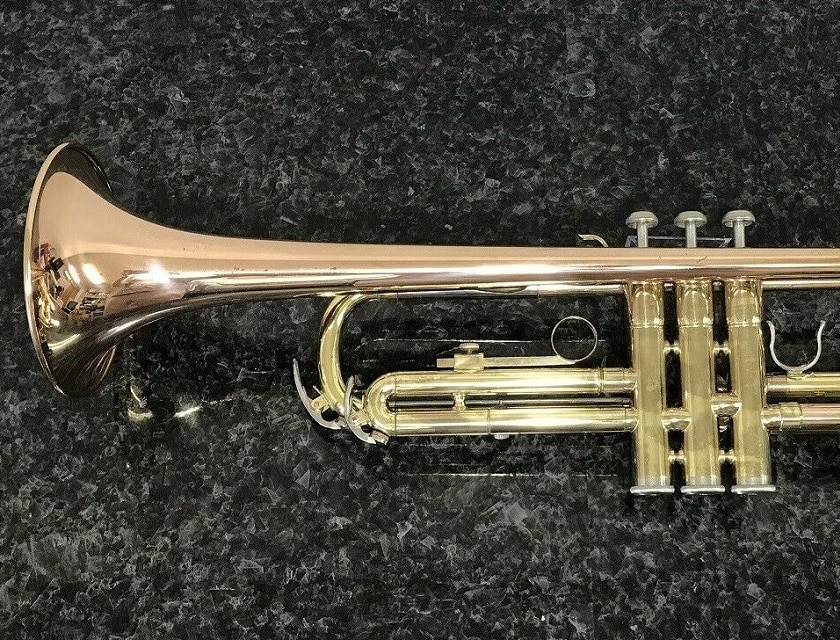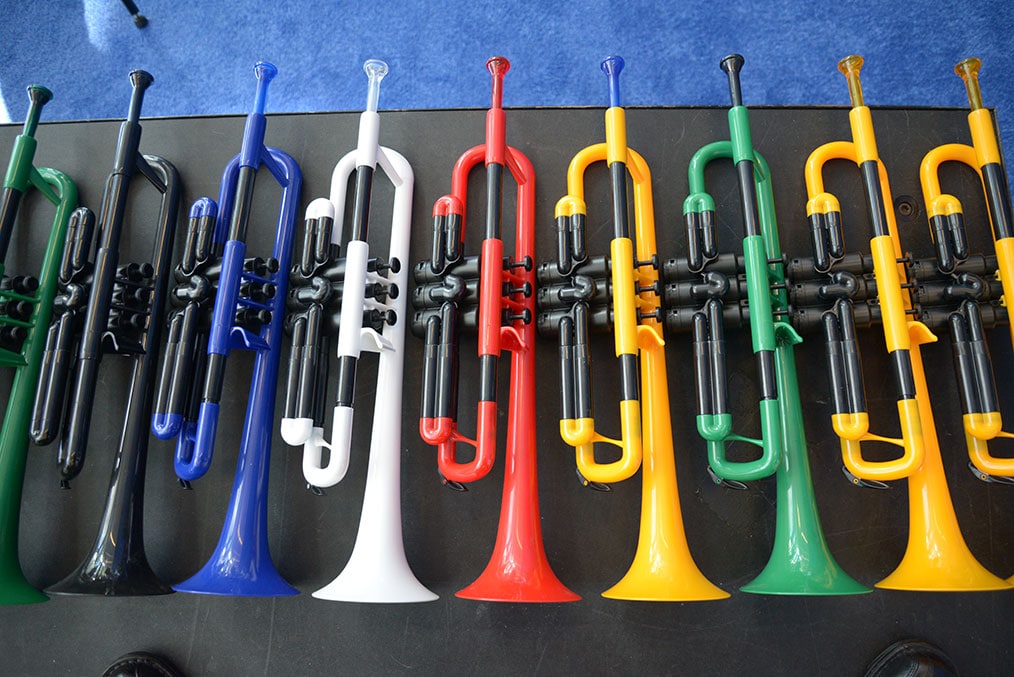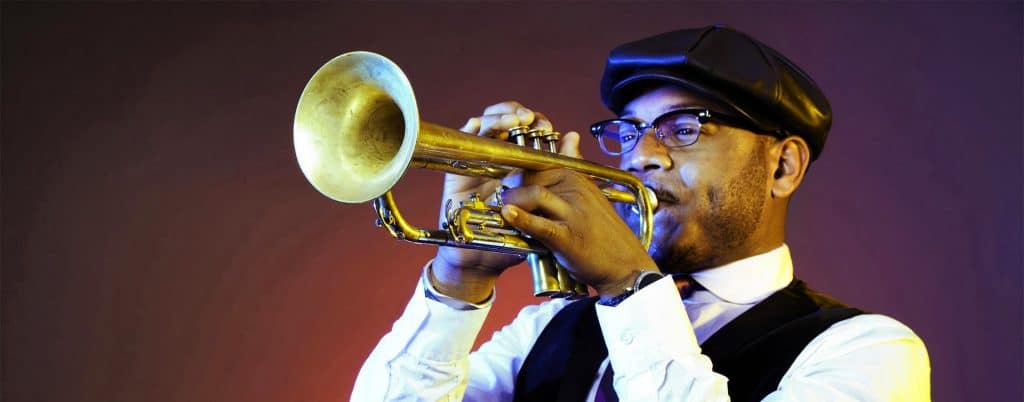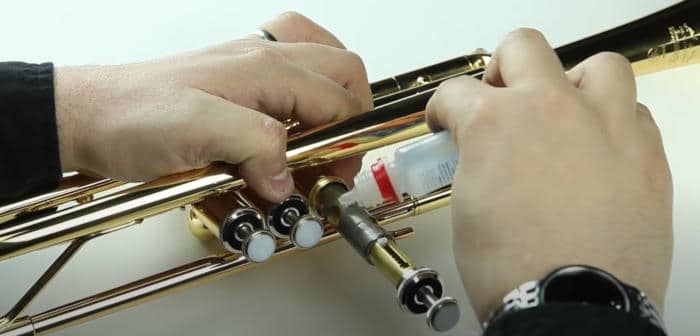The trumpet and cornet are two brass instruments that are very similar at first glance. They are used specifically in music because of their different sounds.
Little known except to trumpeters, the cornet is an instrument in its own right which offers many advantages, especially for beginners. If it has many points in common with the trumpet, this instrument does not differ only in its form. Its design, the sound emitted, the musical style make it an instrument in its own right. In this article, we’ll see an overview of both instruments and what makes them similar and different.
Overview of the Trumpet
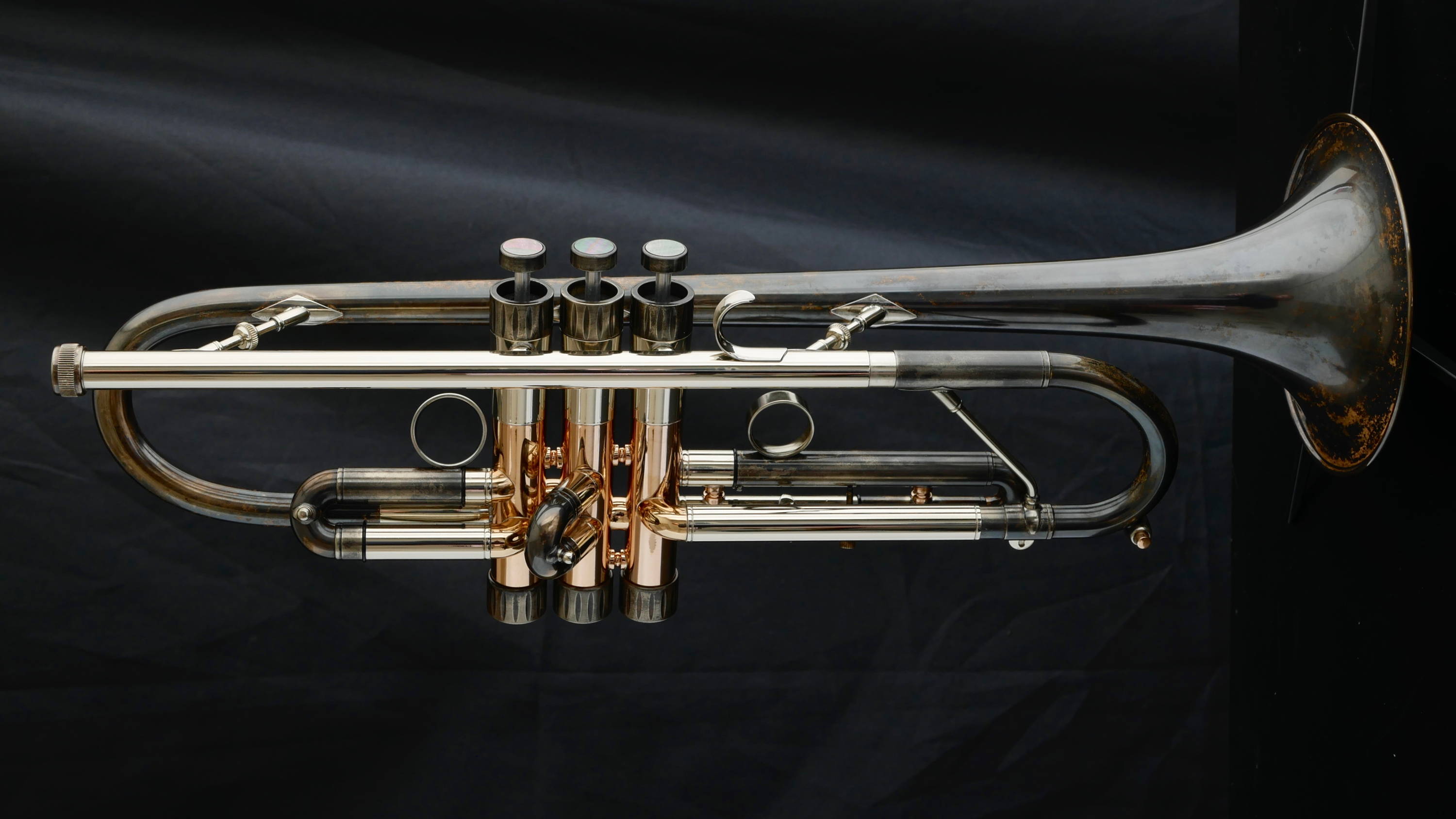 The trumpet is the most famous instrument from the brass family and has become an integral part of the musical landscape. Whether in military music, in folk music, in large symphonic works, or jazz and popular music.
The trumpet is the most famous instrument from the brass family and has become an integral part of the musical landscape. Whether in military music, in folk music, in large symphonic works, or jazz and popular music.
History of the trumpet in a nutshell
The oldest surviving trumpets, made of silver, come from the tomb of the Egyptian pharaoh Tut Ench Amun ( Tutankhamun Trusted Source Tutankhamun's trumpets - Wikipedia Tutankhamun’s trumpets are a pair of trumpets found in the burial chamber of the Eighteenth Dynasty Pharaoh Tutankhamun. The trumpets, one of sterling silver and one of bronze or copper, are considered to be the oldest operational trumpets in the world, and the only known surviving examples from ancient Egypt. en.wikipedia.org ). In the 14th century, new types of trumpets were created by bending the tube into an S-shape or bow shape. The invention followed as early as the 16th century, which made it possible to bridge the gaps between the existing natural tones and thus to increase the available tones.
The Tromba da Tirarsi (slide trumpet) was thus born, which lasted until the late Baroque era, but was then only rarely used as an improved soprano trombone, especially in England. In addition to the slide trumpet and other trombones, there was also the very narrow-bored Clarion in the late Middle Ages.
In the 17th century, the trumpet was usually made in the basic “C” and “D” tunings. The high art of Clarion playing, protected by privileged guilds, reached its climax in the first half of the 18th century at European courts. The festive and splendid sounding trumpet concerts and court music of the high baroque, but also the important works of church music and opera, gave testimony to this bloom. The clarion trumpets used at this time were either snail-shaped or bow-shaped and had up to three finger holes.
You could play almost chromatically in the high register, but only triad notes in the lower register. With the end of the Baroque period, the trumpet lost almost all of its use as a solo instrument for a short time.
Blowing the clarion had fallen into oblivion, and inserts and inventions were used with signal trumpets to be able to play triad in different keys. An attempt was made to make the trumpets playable chromatically by building a keyed trumpet (similar to woodwind instruments). After all, we owe the compositions of the famous trumpet concertos by Joseph Haydn and Johann Nepomuk Hummel to this rather unsatisfactory-sounding instrument. The invention of the variously functioning valves can be dated between 1810 and 1830.
With its valves, there was the advantage of being able to approximate the tube diameter of the valves to that of the main tube of the instrument. From the middle of the 19th century, the trumpet in “B” was preferred. Through its use in military music, it again finds an important function in the symphonic orchestras and comes to old honors through demanding use in the works of great masters such as Richard Wagner, Anton Bruckner, Giuseppe Verdi, and others
With the revival of baroque music in our time, it became necessary to build trumpets for very high registers to be able to master the difficult parts of the clarion trumpeter again.
Construction methods and components of the trumpets
Trumpets are made in two different designs:
- Rotary valve trumpet: These are also called concert trumpet or German trumpet. They have rotary or cylinder valves and a larger diameter of the bell than the pump valve trumpet.
- Piston valve trumpet: Also called Périnet valve, it has a bell with a smaller diameter than that of the rotary valve trumpet
This is what trumpets are composed of:
Mouthpiece: Trumpets are blown with a mouthpiece, which can be selected in various designs (narrow or wide rim – flat or deep cup – narrow or wide bore).
Leadpipe: The trumpet consists of the lead pipe clamp at the beginning of the pipe and a slightly conical pipe. The material (brass, gold brass, red brass, nickel silver, silver) is particularly responsible for the sound quality and the intonation of the instrument. For this reason, interchangeable lead pipes are occasionally offered for solo trumpets. This means that the response and the sound can be changed according to individual requirements.
Tuning slide: This is cylindrical from the end of the lead pipe to the bell attachment.
Bores: Trumpets are made in bores of different widths (lengths – inner width of the tube) with worldwide common markings. M = medium, ML = medium-large (medium-wide), L = large (wide), XL = extra large. For the classical solo instrument, the ML and L bores are chosen in the symphony and opera orchestra as well as in the big band.
Valves: With the help of the valves, the extension of the pipe and the oscillating air column is achieved. This results in different series of natural tones. The first valve with a whole tone arc shifts the pitch range down by a whole tone. The second valve with a semitone arc shifts the pitch range down a semitone. The third valve with 1 1/2 tone arc shifts the pitch range by 1 1/2 tones. Meanwhile, the fourth valve with 2 1/2 tones – shifts the range down by 2 1/2 tones. The fourth valve is used for high trumpets and bass trumpets. In addition to the series of natural tones, additional shifts are possible by combining them so that chromatic playing is achieved.
Tuning slide: This is made of brass, gold brass, or nickel silver, with or without a water key. In the case of soloist instruments, a water key is not installed because of the particularly good intonation. On the other hand, many orchestral soloists prefer 2 to 4 overblow keys to improve accuracy in the high register.
Bell: A hand-hammered bell, which is supposed to improve the sound presence, is a special quality feature. With rotary valve trumpets, the bell of which is usually made of a thin sheet of metal, a bell ring made of nickel silver is occasionally attached to stabilize the shape and to keep the tone concise and clear even in strong forte.
Overview of the Cornet
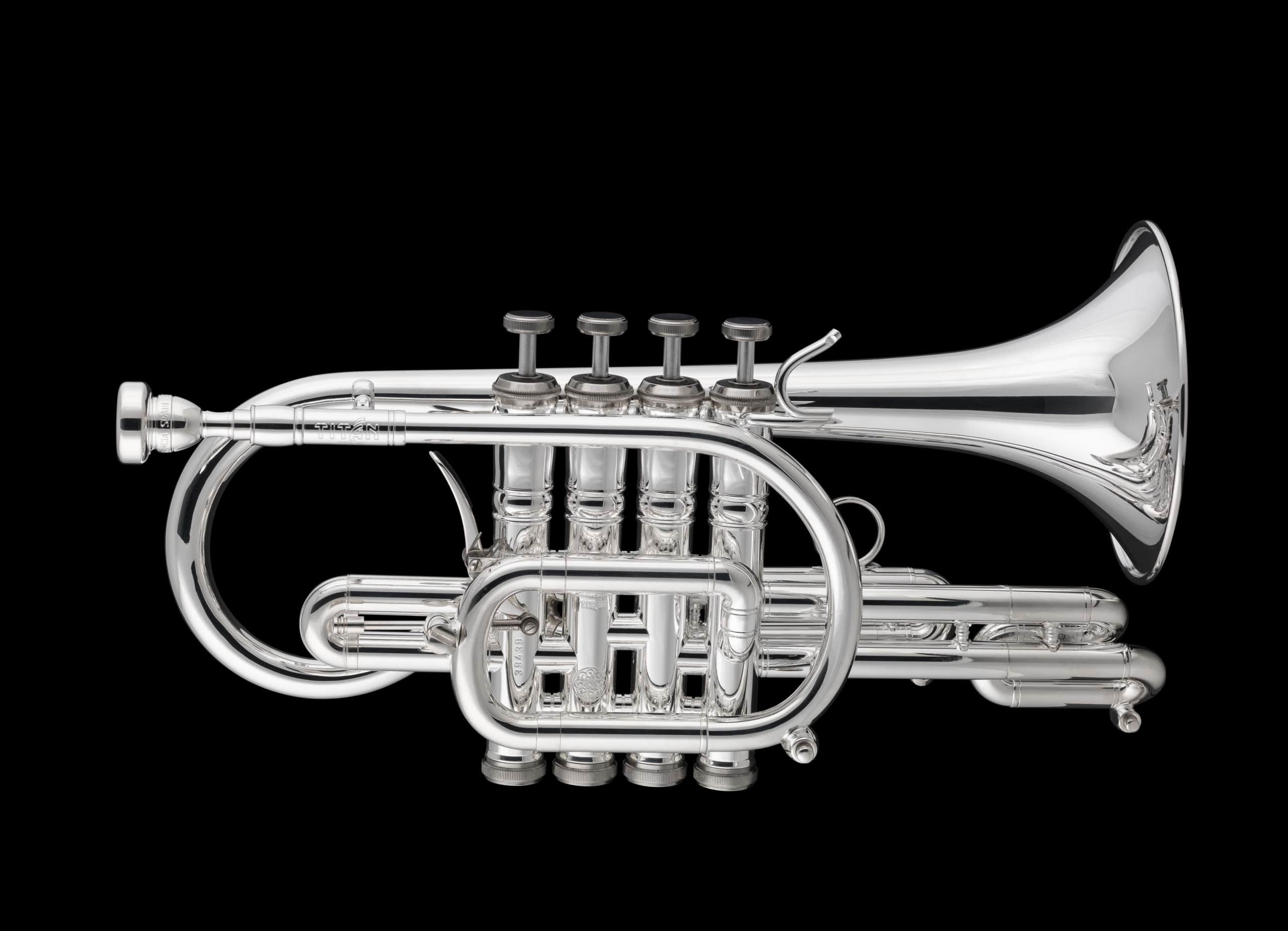 Cornets belong to the group of brass instruments, are very similar to the trumpet, but have been replaced more and more by it.
Cornets belong to the group of brass instruments, are very similar to the trumpet, but have been replaced more and more by it.
History of the cornets in a nutshell
The cornet (French for small horn) was created in France around 1830 Trusted Source Cornet - Wikipedia The cornet derived from the posthorn, by applying rotary valves to it in the 1820s in France. However by the 1830s, Parisian makers were using piston valves. Cornets first appeared as separate instrumental parts in 19th-century French compositions. en.wikipedia.org from the post horn, which was provided with two and later three valves. It was occasionally used in large orchestras (e.g. in Rossini’s opera Wilhelm Tell, Verdi’s opera Don Carlos).
Around 1920, the initially more rounded instrument was largely adapted to the construction of the trumpet and flugelhorn.
It played a major role in jazz around this time until it was more or less supplanted by the trumpet here as well. The sound is slightly softer, not as bright as that of the trumpet, and not as full as that of the flugelhorn.
Construction methods and components of the cornets
Cornets are very similar to trumpets in construction, function, and components. They only differ in a significantly narrower lead pipe, a more conical length, and a more compact shape. The sound difference between the cornet and the trumpet is also small and lies roughly between the bright, radiant sound of the trumpet and the soft, full tone of the flugelhorn.
Trumpet vs Cornet: The Identical Elements
Before looking at the differences, let’s see the identical elements of their designs. First of all, and of course, they are both made of the same material, brass, and copper. They have 3 pistons and the sound is produced by the vibration of the lips.
The tube is the same length (about 1.47 m without the use of the pistons) and although the horn is more coiled on itself, it gives the impression that it is shorter. As they are both the same length, they therefore also play in the same key of B flat.
Trumpet vs Cornet: What’s the difference?
Both the Cornet and the Trumpet are from the brass family, but they are generally used to play different styles of music. Many professional trumpeters practice these two instruments, but what exactly are their differences?
Sound analysis
The trumpet sound has more overtones than the cornet and the overtones of the higher frequencies on the trumpet are several times louder than on the cornet. This means that the trumpet has a brilliant sound and the cornet a rather soft sound. Furthermore, with the trumpet, the transient processes are completed more quickly than with the cornet, which also leads to a more pointed sound.
Although the shape of the instrument and mouthpiece is decisive for the sound properties, these can be significantly influenced by the way you play. Also, louder playing leads to a sound spectrum richer in overtones and increases the (intended) sound differences between the trumpet and cornet.
The overtones are decisive for the sound difference between trumpet and cornet and the players can exert a great influence on the sound through active influence.
Cylindrical versus Conical Bore
The fundamental difference between the Cornet and the Trumpet is the shape of the tube diameter (shape of the bore) throughout the instrument (except for the tip of the bell). On a trumpet, the pipe is mostly cylindrical. It has a uniform diameter throughout the instrument. Whereas a horn has a tapered bore which gradually increases in size over the entire length of the tube. It makes a huge difference in the way the sound is produced. The trumpet gives a piercing, direct and powerful sound and the Piston horn gives a warmer, softer sound; we say it has a round sound.
Groups and Orchestras
As these instruments sound markedly different, they are usually used in different ensembles depending on the style and genre of music. Trumpets are found in Jazz and Big Band orchestras and the “brass section” of various orchestras. Cornets are traditionally found in harmonies and brass bands where the majority of instruments are tapered bores. However, during concerts of symphony orchestras, military bands, or harmony orchestras, these groups generally have both instruments.
Ease of use
Young beginners wishing to start learning the trumpet usually start with the cornet, because it is easier to hold. As said above, the cornet and the trumpet are the same lengths, but because the cornet is more coiled, it is more comfortable for a child or beginner to hold it. Their arms and the instrument’s center of gravity are kept closer to the body, which means that the user is less tired over time.
Which is more popular?
In terms of production and worldwide sale, the cornet is mainly used by the brass band which is a very popular ensemble in Great Britain (with trumpets being more popular in the rest of the world market). The brass bands are now starting to expand into many other regions such as Australia, Holland, Asia, and America. We can therefore see the difference in the number of their productions gradually coming together. This is in particular given the improvement in the quality of Chinese instruments making the purchase of brass, in general, more affordable.
Which instrument to choose? The Cornet or the Trumpet?
It’s a very personal choice. If you like jazz music and the pop-rock variety, the trumpet will always be your best option. But if you prefer the characteristic sound of a traditional brass band, then the Cornet is for you.
The typical brilliant sound of the trumpet, in contrast to the softer sound of the cornet, is caused by the louder and larger number of overtones. It is however interesting to note that you can own both instruments.
Conclusion
The brass instruments trumpet and cornet have construction and appearance that are closely related. But they have different areas of application in music due to their sound differences. Your needs will therefore determine your choice. But there’s no harm in having both.












